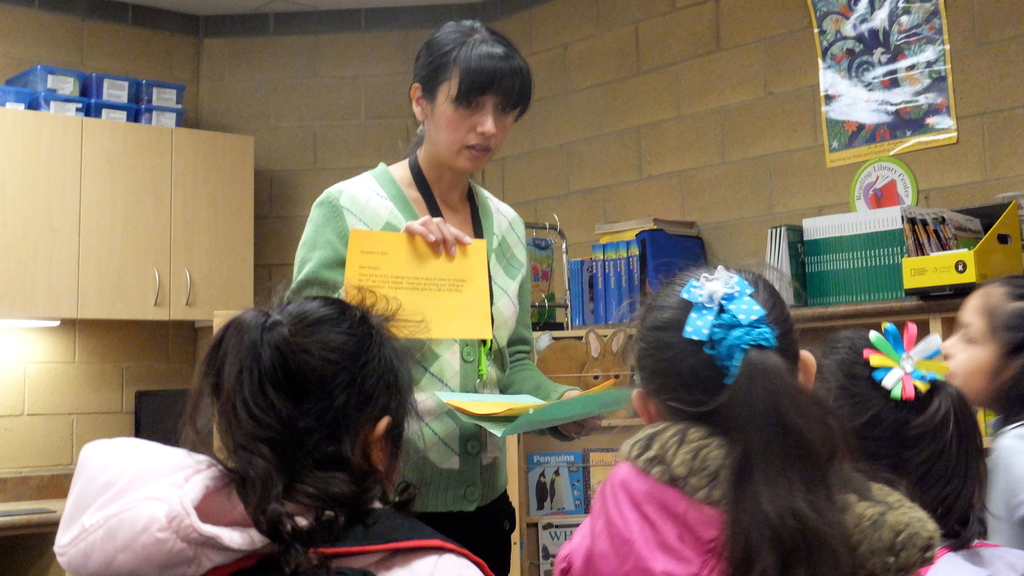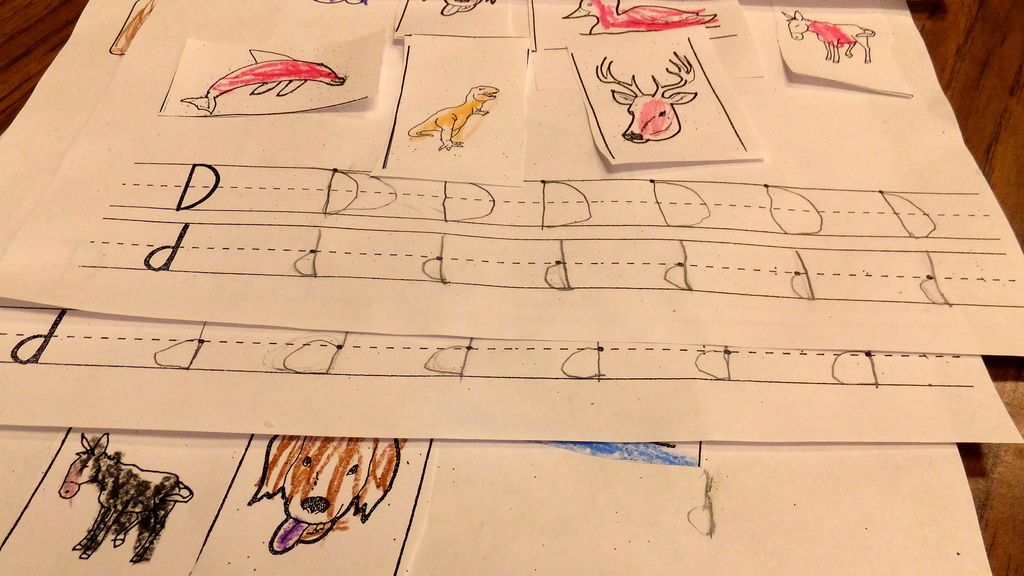IDAHO FALLS – Even though many of Angie Rubio’s kindergarten students are still learning English, their test scores are soaring.

This year, Idaho Falls School District officials expanded their kindergarten program for students with limited English proficiency. They offer a daily double dose of kindergarten: students attend their normal kindergarten class in either the morning or afternoon, then switch to what district officials call English Language Learners Kindergarten during the other part of the day.
Past results encouraged district officials to expand the program from one school to four this year. Students in the program typically score a “1” on their first Idaho Reading Indicator tests administered each fall. For the 2011-12 school year, scores improved during the spring test to where 33 of 37 students earned the highest scores of “3,” which demonstrate students are reading at or above grade level. Just four students scored a “2” and none of them posted a “1” on their second IRI test.
“The goal, number one, is to give kids confidence and allow them to be productive in their regular kindergarten classroom,” Idaho Falls ELL Facilitator Inez Guenther said. “We give them that confidence by practicing skills in ELL Kindergarten.”
A total of 65 students now attend the program. Students are placed there based on language scores when they enter kindergarten, and federal LEP funding pays for lunch and for them to be bussed to the school closest to their family’s home.
Rubio, a tutor and ELL Kindergarten teacher who has been with the district eight years, is bilingual and offers instruction in both English and Spanish.
For general classroom instruction, she often speaks in English. Earlier this month, students worked on the sounds associated with letters from the English alphabet.
“When you hear ‘dog’ do you hear the ‘duh,’ ‘duh,’ ‘duh’ ‘D’ sound?” she asked them.
But if a student didn’t respond to English instruction, she quickly switched over to Spanish to explain how “dog” is the English word for a “perro,” the Spanish word for dog.
“If I don’t do in their own language they usually get shy or quiet and some will sit down,” Rubio said.

While the Spanish can be comforting to students, the goal is to help them advance their English skills to the point they are on pace with students in their regular kindergarten classes. Furthermore, not every student speaks Spanish; one boy in the program speaks Russian.
“A lot of kids don’t get read to at home, so we do a lot of reading here,” Rubio said. “That’s one of the benefits, because parents may be working late and not have the time to sit and read to them. We’re building their vocabulary.”
Guenther estimated that nearly 90 percent of students in the program earn the highest scores on the IRI test, which sets them up to advance in school and develop essential literacy skills by third grade.
“First grade teachers are amazed by how they come into first grade,” Guenther said. “They wish it could be extended, not just for ELL, but for all kindergarteners who speak the language but are low in their skills.”
